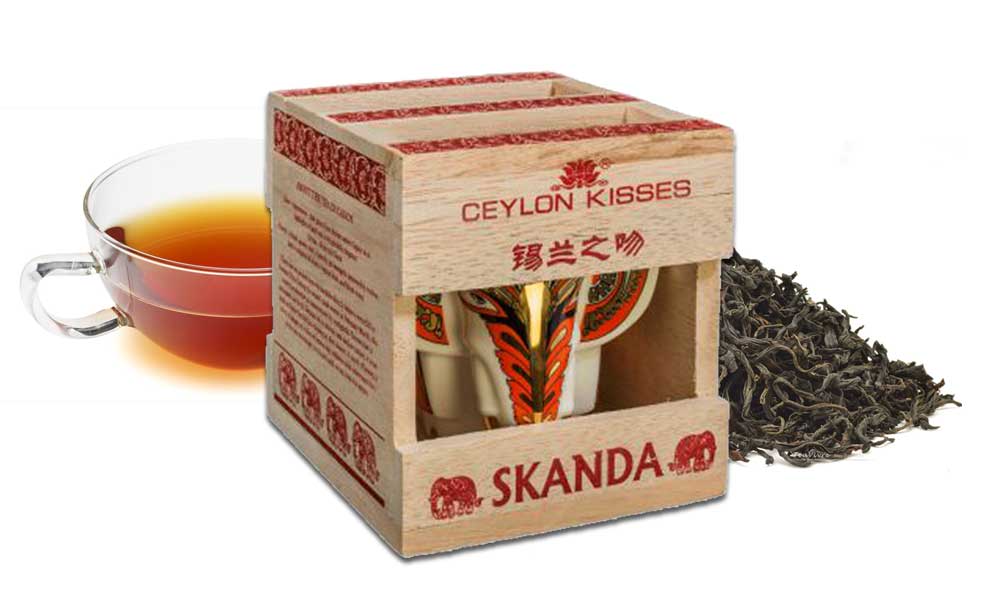
The young elephant Skanda had been purchased along with Maligawa Raja by Tikiribanda Mampitiya Disawe of Giragama Mansion in Kandy for LKR3300, considered a fortune at that time.
A 12th Century inscription on a stone seat at Polonnaruwa records that King Nissanka Malla sat upon it while watching elephant fights. These fights were staged for the sole entertainment of nobles. Elephants were used for all the important ceremonial occasions, especially where pomp and pageantry were required. The annual Perahera in Kandy, which dates back nearly 220 years, brings together well over a hundred elephants that parade the streets during the nights on certain pre-determined days in July-August each year. New Year festivities in Sri Lanka featured elephants in various sports and competitive combat. Elephant fights were a popular form of sport in early times called ‘Gaja Keliya,’ in the vernacular. The Sri Lankan elephant population is now largely restricted to the dry zone in the North, East and Southeast of Sri Lanka. A significant number of elephants are found in the main national parks of Sri Lanka, namely Udawalawe, Yala, Lunugamwehera, Wilpattu & Minneriya apart from a few who live outside protected areas.
The young elephant Skanda had been purchased along with Maligawa Raja by Tikiribanda Mampitiya Disawe of Giragama Mansion in Kandy for LKR3300, considered a fortune at that time. With a permit issued by the British government, both the elephants were brought by train to the Kadugannawa railway station and then to the Giragama Mansion on December 11, 1925. Arambegama Kirihamy was appointed as the mahout of the young elephants. He attached the young elephants to the female elephant he was looking after, who became the foster mother of the young elephants. When the two elephants were around 24 years old, they were ceremonially gifted to the Sri Dalada Maligawa. Thereafter both Raja and Skanda were trained for the responsibilities of the temple elephants and were given the experience of participating in the procession, in the same year. Most often, Raja carried the sacred casket at the annual perahera in Kandy flanked by Skanda and another tusker. Sometimes Skanda too carried the casket. Even after the demise of Skanda, the fellow tusker elephant in 1986, Raja continued his responsibilities as the Chief Tusker of the Esala procession in 1987.
Order Enquiry Form
Send us your inquiry using the form below

